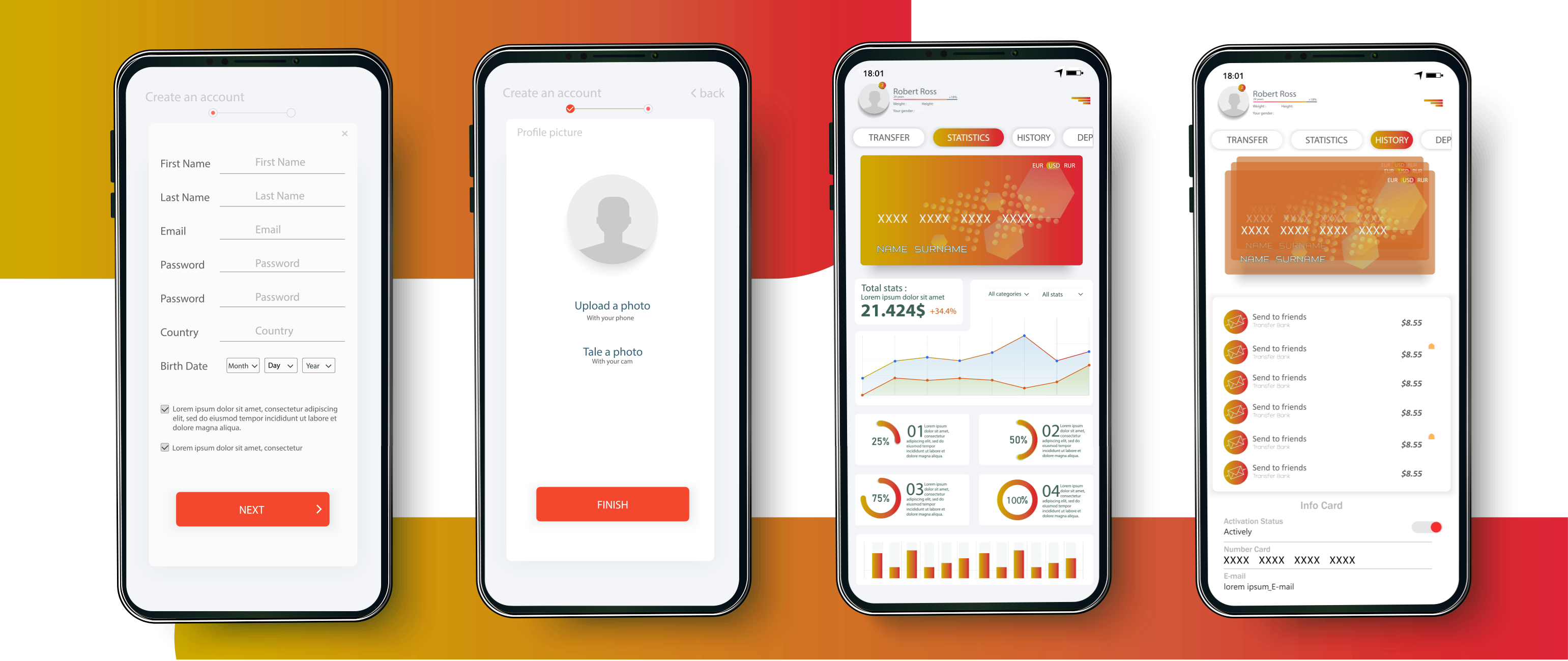Getting Started With A Minimum Viable Product
An MVP begins with a product vision that developers should maintain throughout the development cycle, although they may adapt it based on user feedback. It differs from the open source methodology that emphasizes the use of frequent releases to build a tight feedback loop between users and developers.
Furthermore, an MVP doesn’t rely on the conventional marketing strategy of investing significant amounts of time and money early in the product’s development.
Developers usually deploy an MVP to only a subset of potential customers, typically early adopters. These customers tend to be better able to understand a product’s vision based on the MVP. They’re also more likely to provide feedback and accept an MVP’s limited features.
An MVP is only part of a business’s strategy for developing and selling a product to its customers. This iterative process is a continuous cycle that consists of specific phases, including concept generation, prototyping, product presentation, data collection and analysis.
MVP developers actively attempt to minimize the time they spend on an iteration, so they usually stop as soon as they obtain a market fit for the product or deem it to be non-viable.
MVP developers minimize the time spent building a product that people don’t want, while maximizing the information they learn about those customers. However, the terms “minimum” and “maximum” don’t have a specific meaning within this context. Developers must therefore use their own judgment to determine when it makes sense to develop an MVP.
Cut Costs With A Minimum Viable Product
Cost reduction is the most obvious benefit of developing an MVP. The cost of software generally reflects its development time, which is typically years in the case of a fully mature product. The total cost is thus distributed over time, allowing each version to generate revenue that you can reinvest into future product development.
MVPs allow you to obtain the maximum value from their product development. Minimizing development time allows you to release an MVP quickly and begin earning revenue. You can then determine the product’s future direction as it gains customers and gathers feedback from them.
Build Customer Relationships Sooner
You should target early adopters with your MVP to build customer relationships as quickly as possible. A shorter technology adoption lifecycle is generally preferable to building all of the features that the majority of users might want, especially during the early stages of the product’s development.
A product’s early adopters buy a product to solve a specific problem, not because of its fringe features. Adding features onto a core product can adversely affect the experience of the users. These additional features may also make the product’s value proposition less clear to the user.
Early adopters love to talk about what they like and don’t like about a product, so they can help you develop a product community. The relationship that you develop with your product’s early adopters can also help you validate its value proposition more quickly, primarily through feedback on additional features. Furthermore, product feedback allows you to create a better product roadmap.
Focus On Critical Business Functions
The most amazing product in the world won’t succeed if sales are poor. Your sales channels and marketing strategy get tested earlier when you bring your product to market sooner.
Thoroughly testing a product’s functions lets you test your assumptions on the product’s total cost of ownership and lifetime value for customers. It also allows your product development team to focus on improving a product’s weakest functions, thus ensuring the entire product performs well before scaling your marketing and sales efforts. You’ll typically want to return your focus to product development once sales conversions begin declining.
Reduce Rework With MVPs
The most effective methods of eliminating unnecessary features from a product are adequate research and skilled design, followed by product testing in an open market. Continued development of an unreleased product based on unsubstantiated assumptions can result in a product that customers don’t even want.
The MVP philosophy of building just enough of the product to validate future development minimizes rework, should it become necessary. An MVP also allows you to react more quickly to changes in market conditions that occur during a product’s development.
Define The Value Proposition More Clearly
MVP development requires developers to constantly assess the benefit their work will have on the product’s value to customers. Developers must therefore define its value proposition very clearly, even if that definition is somewhat narrow in scope.
This process forces you to examine the depth of your product’s vision to determine exactly how it will provide value for your customers. Once you have accomplished this, you can determine the minimum features needed to test your value proposition.
Strengthen The Business Case
A viable product is essential for obtaining funding from stakeholders, whether they’re external investors or members of your own organization. The business case for a product can treat an MVP as the first installment of what will become a more mature product.
An MVP allows you to assess the product’s market viability, thus allowing you to make a business case for increasing the investment in future development.
In Summary
An MVP is most useful for clients with a short, tight development budget. This approach allows us to focus on eliminating features that most users will never need, based on user feedback.
Learn more about our process and see how a minimum viable product could help your business – contact us online or call 804-292-2637.
Let’s Talk!
info@ns804.com | (804) 381-4877
Request a Consultation
We’re ready to talk to you about your mobile application development project. Fill out the form and our team will be in touch with you to go over the scope of your project.
"*" indicates required fields


